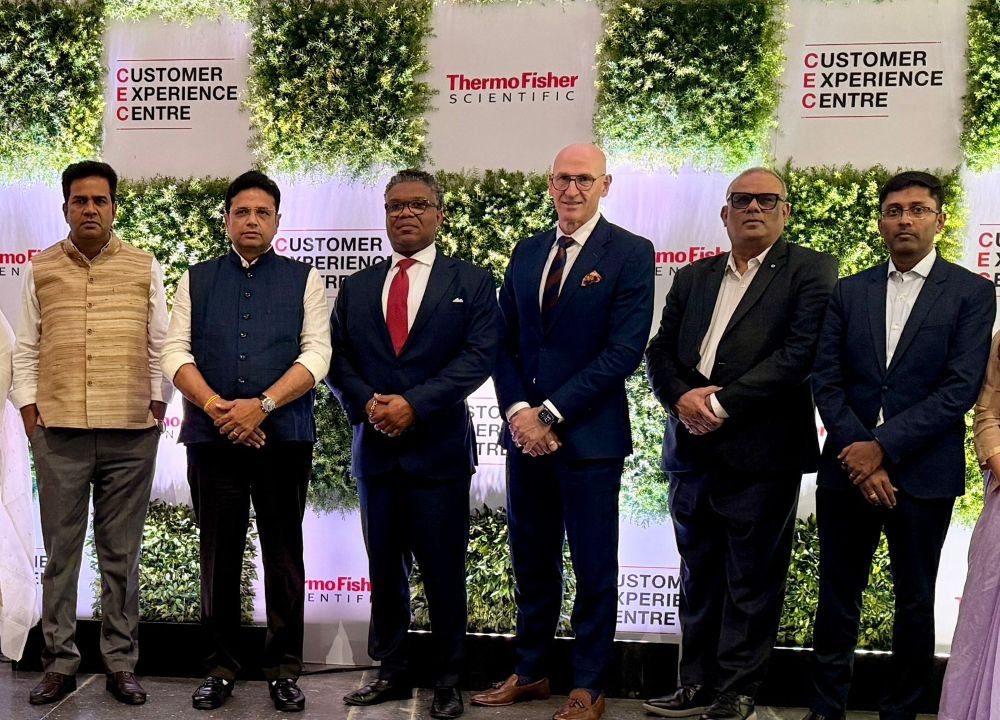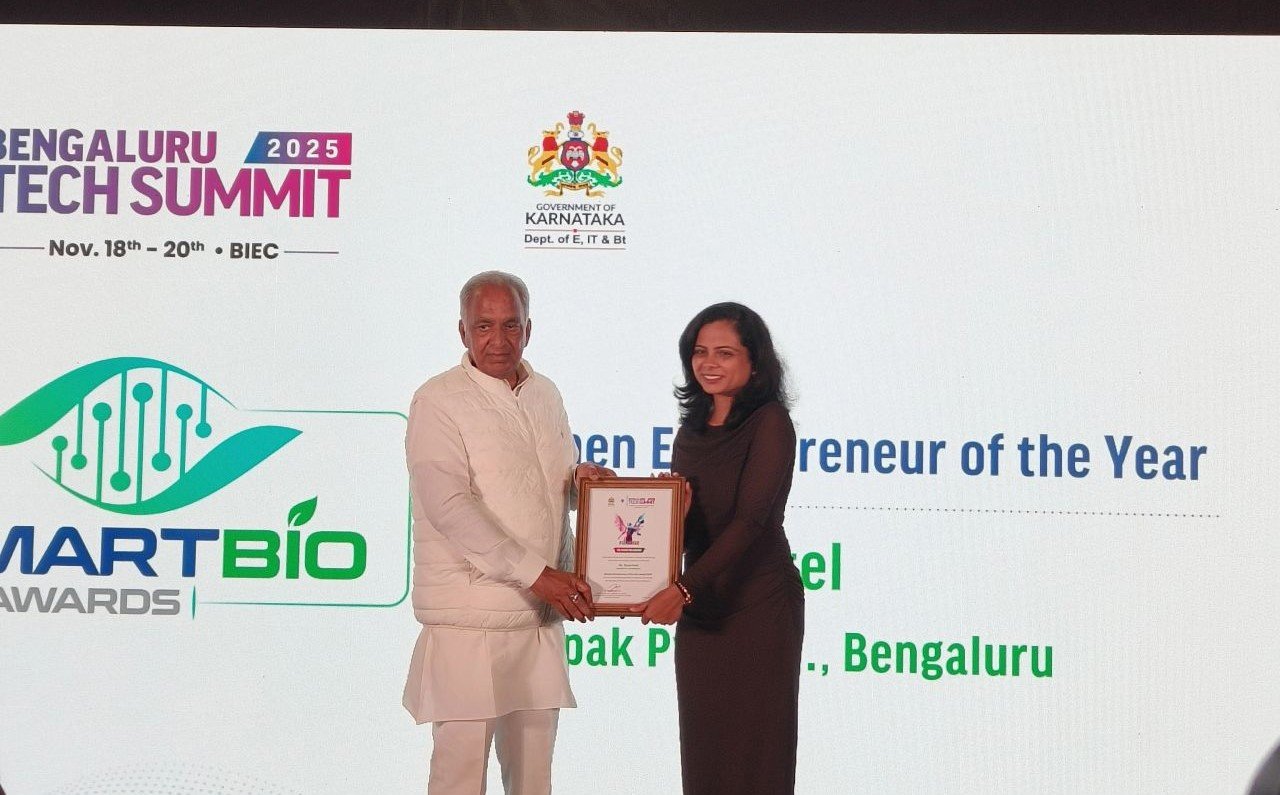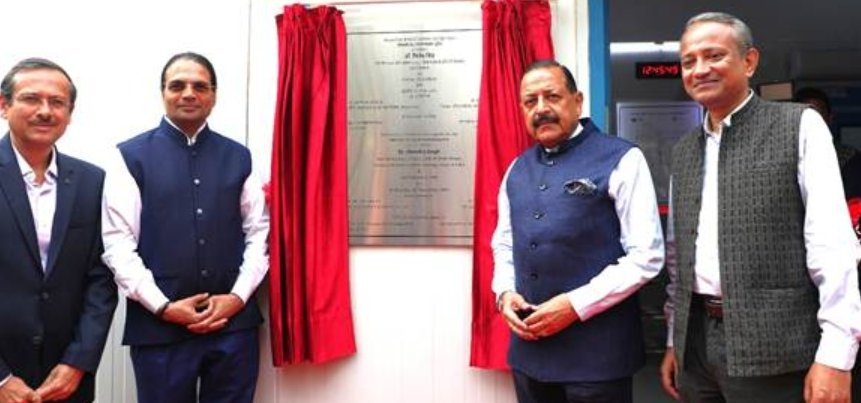Saving the BT Brinjal
January 12, 2009 | Monday | News
Saving the BT Brinjal
After six years of successful cultivation, the national debate on the
desirability of using genetically modified (GM) cotton seeds has more
or less been settled. India’s farmers have voted
overwhelmingly for Bt cotton varieties. Over 85 percent of the annual
production of 3.1 million bales (of 170 kg each) comes from GM
varieties. And India has become a net exporter of cotton within six
years.
Cotton is India’s first biotech crop and the nation is the on
the verge of moving up the agricultural value chain by adapting GM food
crops. However, India’s federal health minister, Dr Anbumani
Ramadoss, who was till recently waging a relentless battle against
tobacco use, has turned his attention to GM food crops. He has turned
his attention to derail the ongoing regulatory process to approve
India’s first GM food crop, a Bt brinjal variety. The health
minister, though not directly involved in the approval of biotech food
product, has vowed to prevent its introduction in the country.
Why is this humble crop, Solanum melongena L, known as
brinjal or baingan in India and eggplant/aubergine elsewhere important
to the country’s economy? This highly nutritious, low fat,
egg shaped product is known as the “poor man’s
vegetable”. India accounts for 26 percent of the global
production eggplant, just behind China (30 percent).
Within the country, brinjal accounts for 8 percent of all vegetables
and is grown in about 550,000 hectares by 1.4 million farmers. The
brinjal economy is worth about $2 billion (Rs 9,600 crore) by
conservative estimates. Area under cultivation has grown by 15 percent
in the last 10 years but the production has barely increased by 9
percent. A major factor is the repeated attacks by the insect
Leucinoda orbonalis or fruit and shoot borer (FSB) which
increases the input costs and keeps the production down.
This was one of the main reasons why different scientific teams picked
up brinjal as the candidate to use the GM technology, successfully done
in the case of cotton, to minimize the use of unhealthy chemical
pesticides. At least half-a-dozen publicly funded research teams are
working on this and US seeds giant, Monsanto has helped its Indian
partner Mahyco and other research teams with the technology to overcome
the FSB in brinjal in recent years. A year ago, the regulator, GEAC,
had approved limited field trials of Bt brinjal crop. A final decision
on its commercial cultivation will be taken only after evaluating the
experimental data.
It is too early for anyone to jump into the debate on the desirability
of Bt brinjal. The biotech regulatory system has been revamped with
experts inducted in large numbers to evaluate various GM crops. We must
have the confidence in our scientific experts. We must also be aware of
the practices in other countries. China has so far allowed three GM
food crops—tomato, maize and green pepper. At least 15 other
GM food crops have been approved for commercial cultivation in various
other countries. India’s vigilant public opinion and
regulators are capable of safeguarding national health standards and
the health minister and other opponents should await the reports of the
experimental trials.
The Supreme Court of India is also hearing a public interest litigation
(PIL) against GM products. The research and regulatory approval process
in evaluating the suitability of important GM crops in the country
should not come to a standstill due to preemptive controversies. A
nation poised to become an economic superpower should not close its
options on any product or technology prematurely and allow the experts
to come to the right conclusion without extraneous pressures being
applied by both supporters and opponents of each options.
Biotech has moved forward considerably in 2008 and hopefully 2009 too
will be even a better year with the arrival of India’s first
GM food crop!
<sureshn@cybermedia.co.in>










